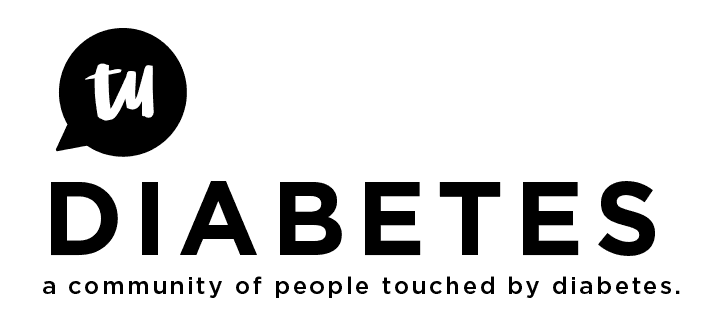This type of assessment for planning treatment demonstrates exactly what is wrong with most much of a today’s generisized approach to treatment for T1D’s. This is exactly what the new ADA guidance is trying to tell the medical profession to STOP.
If a medical professional used this tool to make a judgement about my treatment it would be a clear flag for me to go somewhere else.
Granted, I have US private insurance, but, if I followed this approach to making treatment decisions, instead of evaluating all the options, fact, past history, current medicines, and treatment option, I would have not been able to reach 43 years as a T1D with late teen onset. I have, in those years, told more than a few “medical experts” to take their recommendation, or treatment decision, and sovereign it! On more than one occasion this has happened in an OR, or an emergency.
Using words like brittle, narrow classification based decisions, and/or incomplete assessment of a T1D and their unique needs and treatment options, is where we have been. This approach has killed or caused undue health or mental issues to way to many T1Ds in tye part and I hope the ADA guidelines will change this.
